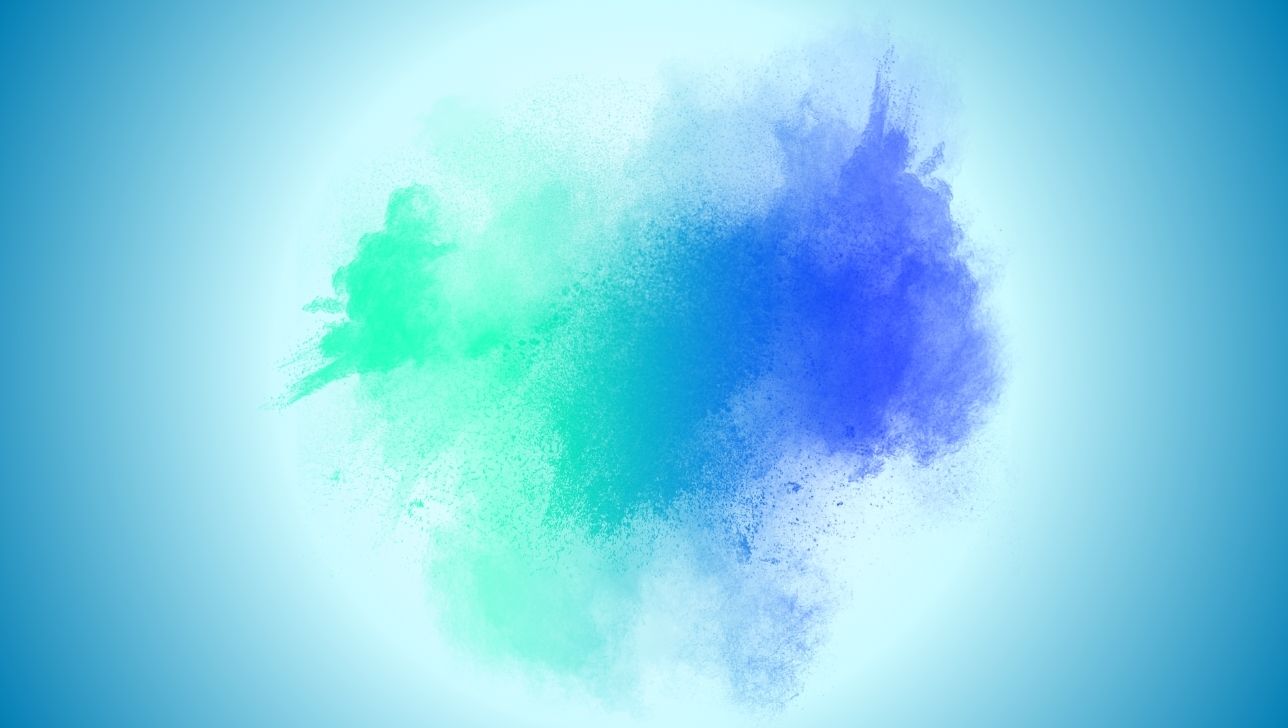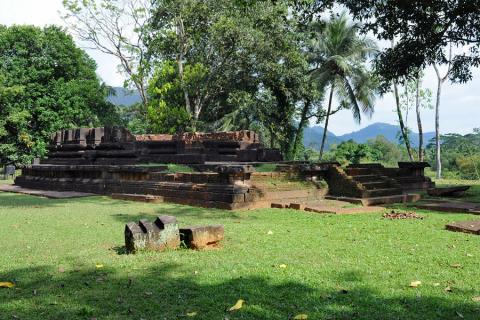Seethawaka Palace: The Lost Royal Seat of a Defiant Kingdom
Welcome to Raja Surf School, your premier destination in Galle for safe, fun, and effective surf lessons! Our passion is to share the joy of surfing with everyone, regardless of their prior experience. Led by a certified instructor from the International Surfing Association (ISA), you can be confident in receiving high-quality guidance and learning techniques based on global best practices.
Whether you're stepping onto a surfboard for the very first time, looking to improve your paddling and pop-up, or aiming to master more advanced maneuvers, Raja Surf School has a lesson tailored just for you.
Beginner Lessons
Our introductory sessions focus on the fundamentals: ocean safety, understanding your equipment, paddling techniques, and the exhilarating feeling of catching your first wave. We'll guide you in a safe and supportive environment at beginner-friendly surf spots in the Galle area.
Seethawaka Palace: The Lost Royal Seat of a Defiant Kingdom
Introduction
Hidden in the misty foothills of Dehiowita, the ruins of Seethawaka Palace stand as a silent witness to one of Sri Lanka’s most defiant kingdoms. Established in 1511 CE by King Mayadunne, this was the epicenter of the Seethawaka Kingdom—a short-lived but fierce resistance against Portuguese colonization. Later expanded by his son, the legendary King Rajasinha I, the palace’s strategic location between the Yakatuwa Mountains and Koboturawa Rock made it a natural fortress.
Today, these atmospheric ruins offer history lovers a chance to walk through the remnants of a kingdom that dared to challenge European powers.
Historical Significance
The Rise & Fall of Seethawaka
- Founded by King Mayadunne (1511–1581) as a breakaway kingdom from Kotte.
- King Rajasinha I (1581–1593) turned it into a military powerhouse, winning battles like the Siege of Colombo against the Portuguese.
- The kingdom collapsed after Rajasinha’s mysterious death (by poisoned thorn, as legends say).
Architectural Clues
- The palace’s layout reflects Sinhalese fortress architecture, with:
- Natural moats: The mountains and rock formations served as defenses.
- Remnants of foundations: Stone pillars and brick platforms hint at royal quarters.
Exploring the Ruins
What to See
- Fortification Walls: Crumbling laterite stone walls that once shielded the palace.
- Royal Bathing Pool: A weathered tank where kings likely bathed.
- Koboturawa Rock: Climb for panoramic views of the former kingdom.
The Atmosphere
- Eerily peaceful, with birdsong and rustling leaves replacing ancient court intrigues.
- Local farmers may point out unexcavated areas where artifacts lie buried.
Best Time to Visit
- Sunrise or sunset: Soft light enhances the ruins’ mystique.
- Weekdays: Avoid weekend picnickers for solitude.
Travel Tips
- Location: Panawela Road, 2 km from Avissawella Court (GPS: 6.9447°N, 80.2214°E).
- Entry: Free; no official guides but locals share stories.
- Wear: Sturdy shoes for rocky terrain.
- Nearby: Pair with visits to Berendi Kovil (Hindu temple) and King Rajasinha’s Tomb.
Local Legends
- Some say treasure is buried beneath the ruins—hidden during Portuguese raids.
- Villagers claim the ghost of Rajasinha I wanders the site on full-moon nights.
Plan Your Visit
Unlock Sri Lanka’s rebellious past with Sri Lanka Tour Help. We offer:
- Guided history tours to Seethawaka’s key sites.
- Custom itineraries combining ruins, nature, and local culture.
Image credit : https://gptours.lk/
Walk where kings plotted and warriors rallied. Book your journey today!



Comments
There are no comments yet